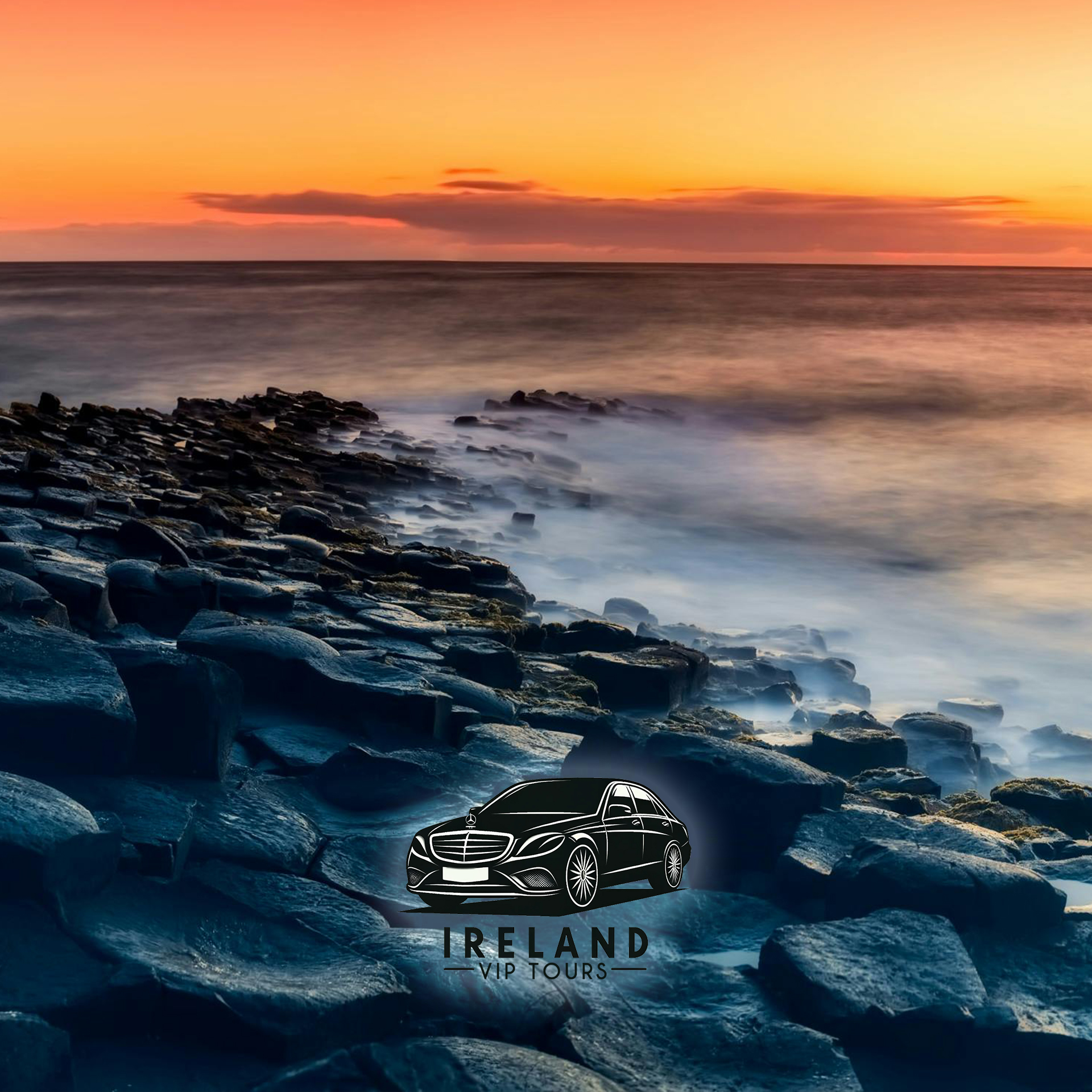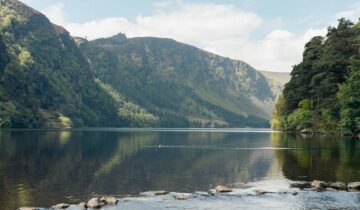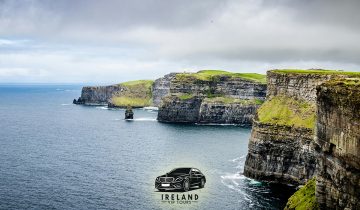The Giant’s Causeway, a UNESCO World Heritage Site on Northern Ireland’s Antrim Coast, is a place where nature’s artistry meets the echoes of ancient myths. With its hexagonal basalt columns stretching into the sea, this geological wonder feels like a bridge between the earthly and the mythical. A VIP chauffeur service journey along the Antrim Coast offers a front-row seat to this extraordinary landscape, where history, legend, and natural beauty intertwine to create an unforgettable experience.
A Geological Marvel with a Mythical Heart
The Giant’s Causeway was formed around 60 million years ago during a period of intense volcanic activity. Lava from the Earth’s mantle erupted through fissures, cooling rapidly as it met the chilly North Atlantic air. This rapid cooling caused the lava to contract and fracture into roughly 40,000 interlocking basalt columns, most of them hexagonal in shape. The result is a surreal, almost otherworldly landscape that looks as if it were carved by a giant’s hand—a fitting origin for the myths that surround it.
In Irish folklore, the Causeway is the work of the giant Finn McCool, a legendary figure in Celtic mythology. The story goes that Finn, a warrior of immense strength, built the Causeway to cross the sea to Scotland to confront his rival, the Scottish giant Benandonner. Realizing Benandonner was much larger, Finn’s wife, Oonagh, cleverly disguised him as a baby. When Benandonner saw the “baby” and imagined the size of its father, he fled in terror, smashing parts of the Causeway as he went. This tale explains the Causeway’s jagged end and the similar basalt formations found across the sea at Scotland’s Fingal’s Cave, named after Finn’s Scottish name, Fionn mac Cumhaill.
A Coastline Steeped in History
The Antrim Coast, where the Giant’s Causeway sits, has been a crossroads of human activity for millennia. Archaeological evidence shows that the area was inhabited as far back as the Mesolithic period (around 7000 BCE), with early hunter-gatherers drawn to the coast’s abundant resources. The Causeway stones themselves were used by these ancient peoples for tools, and nearby Dunluce Castle—a dramatic ruin perched on a cliff—dates back to the 13th century, serving as a stronghold for the MacDonnell clan during the turbulent medieval period.
The Causeway also played a role in Ireland’s maritime history. In 1588, the Spanish Armada ship Girona sank off the coast near the Causeway, carrying treasures that were later recovered and are now displayed at the Ulster Museum in Belfast. The shipwreck is a reminder of the treacherous waters of the North Atlantic, which have shaped the lives of coastal communities for centuries.
Natural Beauty and Cultural Resonance
Walking along the Giant’s Causeway, you’ll be struck by the sheer scale of the landscape. The columns, some as tall as 12 meters, form natural stepping stones that lead into the sea, creating formations with evocative names like the Giant’s Boot, the Wishing Chair, and the Organ—a set of columns resembling the pipes of a church organ. The surrounding cliffs, part of the Causeway Coast Area of Outstanding Natural Beauty, are a haven for seabirds like fulmars and kittiwakes, while the coastal path offers sweeping views of the Atlantic and, on clear days, the distant outline of Scotland.
The Causeway has inspired artists and writers for centuries. In the 18th century, it became a popular subject for Romantic painters, who were captivated by its sublime beauty. The Irish poet Seamus Heaney, a Nobel laureate, drew on the Causeway’s mystique in his work, describing it as a place where “the world’s edge and the edge of the mind” meet. Today, the site remains a cultural touchstone, drawing visitors from around the globe to marvel at its unique blend of science and story.
Exploring the Antrim Coast
A VIP chauffeur service journey along the Antrim Coast allows you to soak in the region’s beauty at a leisurely pace. Beyond the Causeway, the route offers other gems: the Carrick-a-Rede Rope Bridge, a swaying crossing first built by fishermen in the 18th century, offers a thrilling view of the ocean below. Nearby, the Old Bushmills Distillery, established in 1608, is the world’s oldest licensed whiskey distillery, where you can taste the smooth, triple-distilled spirit that has been crafted here for over 400 years.
The coastal village of Portrush, with its sandy beaches and Victorian architecture, provides a glimpse into Northern Ireland’s seaside heritage, while the ruins of Dunluce Castle evoke the region’s medieval past. Each stop along the coast reveals a new layer of history, from ancient geological forces to the human stories that have unfolded here over millennia.
Practical Tips for Your Visit
The Giant’s Causeway is best visited in the early morning or late afternoon to avoid crowds, especially during the summer months. Wear sturdy shoes, as the stones can be slippery, and bring a waterproof jacket—the weather on the Antrim Coast is famously changeable. If your journey includes travel between the Republic of Ireland and Northern Ireland, be aware of the Electronic Travel Authorization (ETA) requirement for U.S. citizens, effective January 8, 2025, which applies even for land crossings.
A Timeless Journey to the North Coast
The Giant’s Causeway is a testament to the power of nature and the enduring pull of myth. A VIP chauffeur service journey along the Antrim Coast brings this magical landscape to life, revealing the stories etched into its stones and the history that whispers on the wind. From Finn McCool’s legendary feats to the ancient forces that shaped the earth, the Causeway is a place where the past feels vividly alive—a must-see on any Irish adventure.





 No products in the cart.
No products in the cart.